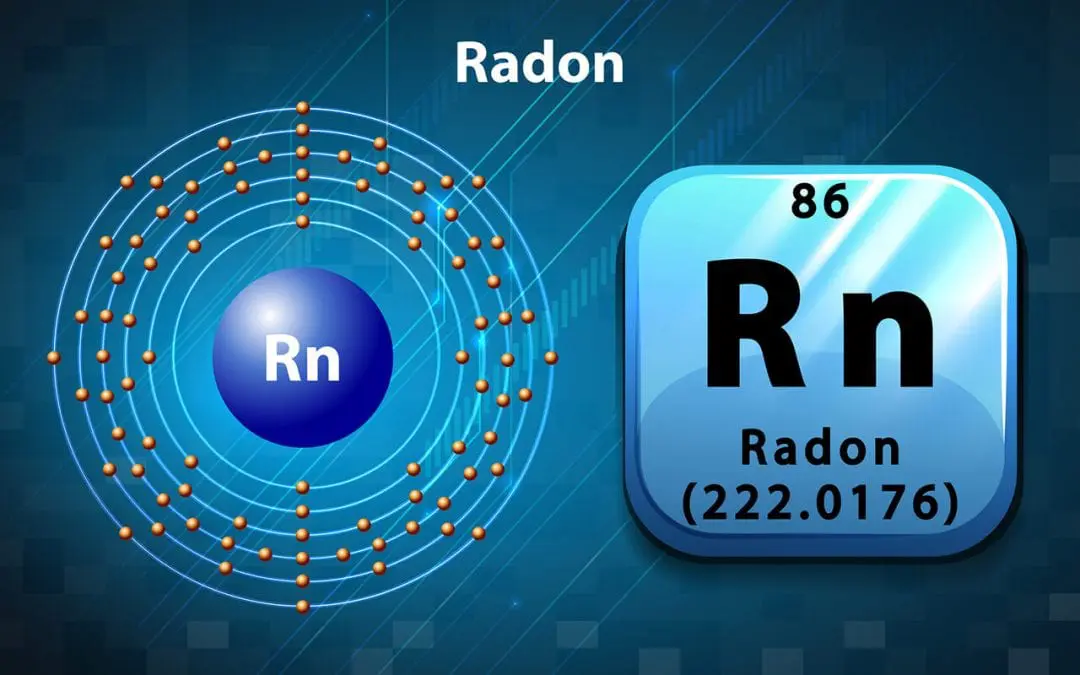Radon Causes Lung Cancer
Radon in the home is dangerous and can cause lung cancer after long-term exposure to high levels of the gas. Radon-related lung cancer kills over 20,000 Americans every year, second only to cigarette smoking. Every homeowner should know their home’s radon levels to keep their family safe
Testing for Radon in the Home
Radon is invisible and odorless, so it is impossible to detect with the senses. Specialized testing is required to learn the radon levels in a building. It is best to hire a professional radon tester to test your home for radon. While DIY test kits are available, the likelihood of user error is high when performing a DIY radon test. When it comes to your family’s health, you don’t want to take any chances.
High Radon Levels in the Home
The EPA recommends taking action to reduce radon levels if the test shows that levels are 4 pCi/L or higher. Lower levels are considered less of a risk by the EPA. When you are buying a home or if you live in a home that has not been tested, you should hire a radon professional to test the levels in your home. This applies to every home, no matter where it is located or how old it is.
What to Do About High Levels of Radon
Once you have received the results for your home’s radon test, you’ll need to decide what steps to take next. Perhaps your levels are less than 4 pCi/L and you are comfortable with that. If they are at the action level or higher, hire a radon mitigation expert. This professional will design a system for your specific needs that removes the gas and prevents more from entering the house.
M&T Inspection Services provides home inspection services and radon testing to Indianapolis. Contact us to have your home tested for radon.

